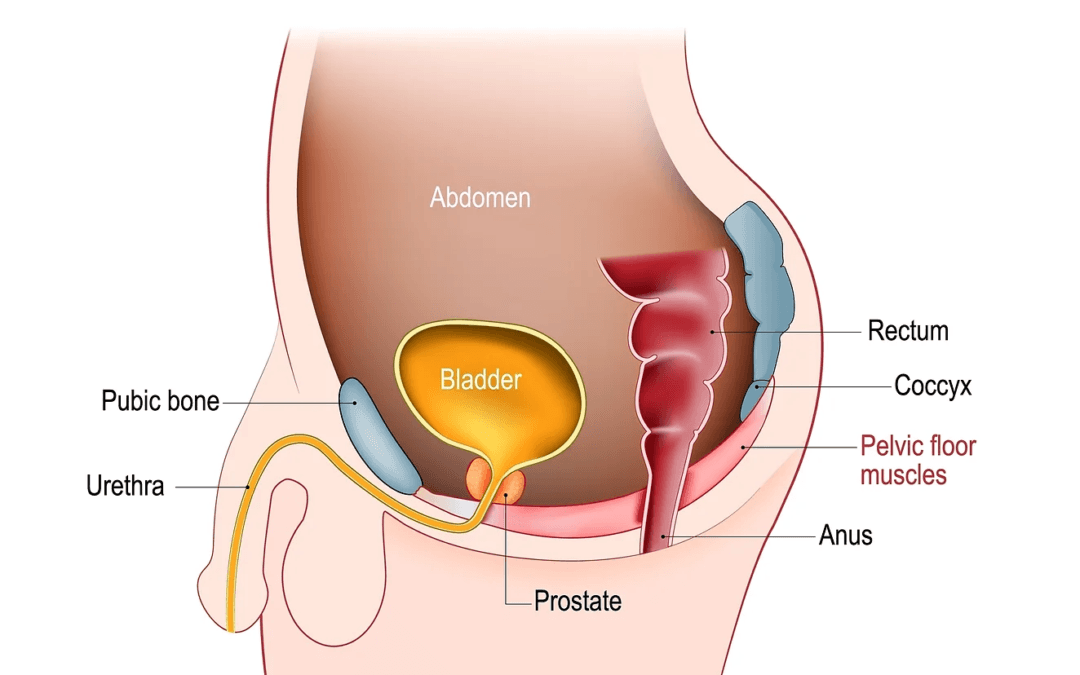The short answer is yes, they should. If you want to know why, read on.
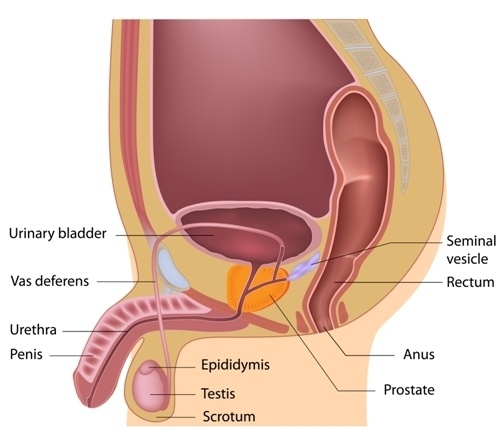
The image below shows the anal sphincters

What is the function of the pelvic floor? The 5 S’s of your pelvic floor.
-
Sphincter Control. These muscles allow you to pee and poo and prevent leakage of urine and faecal matter. The anal and urethral sphincters.
-
Sex. Like other muscles in the body, these muscles need to be trained to remain strong. The muscles allow for arousal, penetration and ejaculation.
-
Stability. The pelvic floor is part of your core and helps to stabilise the spine, optimising movement and postural control. When you cough, laugh, or sneeze, your respiratory diaphragm and pelvic diaphragm help regulate the pressure in the cavities – intra-abdominal pressure. Do you experience leaking when lifting something heavy?
-
Sump pump. Because the tissue and vessels are interwoven when you work the pelvic floor, it improves fluid dynamics and moves the blood and lymph.
-
Support. Although less so in males than females, the pelvic diaphragm gives support to the organs of the pelvic and abdominal cavities.
This image shows the sphincters of female bladder and urethra
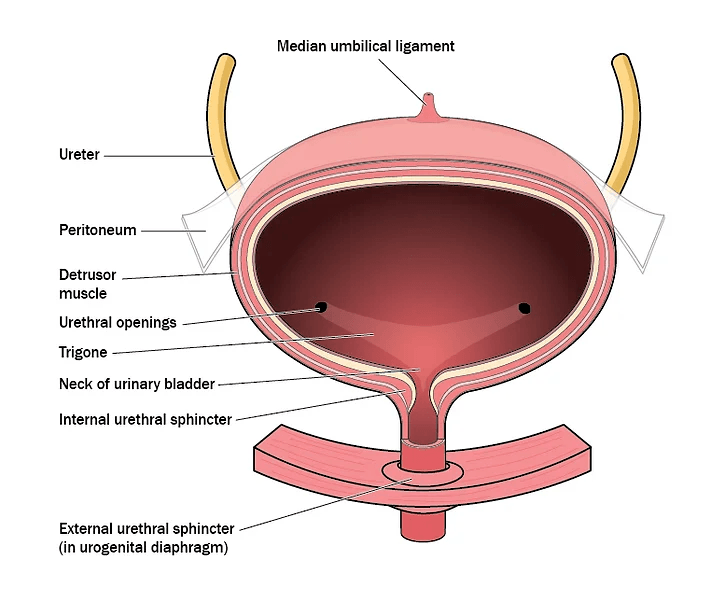
Do you want to improve your sex life?
When looking at the function of the pelvic floor, the subtle questions are often overlooked or ignored until there is a problem.
Do you have chronic low back pain? Do you get up to pee more than once during the night? Have you had abdominal surgery, such as colorectal surgery? Do you find you dribble-leak? Do you struggle to get an erection or sustain it? If your medical team has ruled out other problems, or you have been diagnosed with a prostate problem, then working the pelvic floor might help you. You might need to train the muscles to get stronger and relax also learn to relax them.
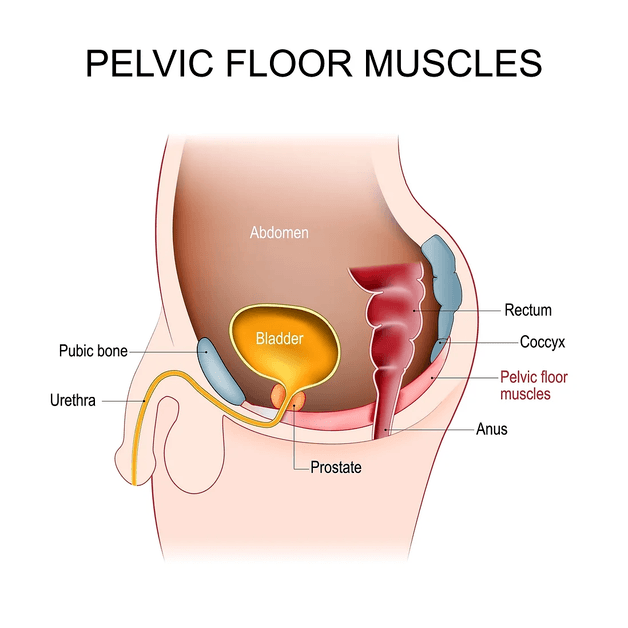
So where are they? Let’s have a go at finding them.
-
Sit on a dining chair (or firm chair). Please take a moment to look at the images I have added here to familiarise yourself.
-
You may already feel your Sit bones (Ischial Tuberosities); if not, sit tall and gently rock from one side to the other, and these bony prominences should become more apparent.
-
Once you can feel these bones, rock gently forward to find your pubic bone and then backwards to find your tailbone. Your pelvic floor muscles are located between the sit bones, tailbone and pubic bone.
These muscles and associated tissue are layers, and although they work together, the different layers are more related to specific functions.
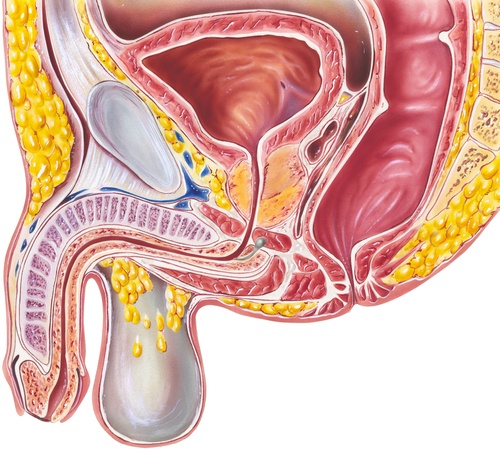
-
Superficial or outside layer: These muscles are related to sexual function and bladder and bowel control.
-
Middle Layer:Added support for the urethra and urogenital structures and helps to stabilise the pelvis and lower back during movement
-
Deep Layer: Our pelvic diaphragm comprises a group of muscles called the “Levator Ani”. As the name suggests, they lift the Anus. This deepest layer supports your bladder, prostate and rectum.
Try this:Without squeezing your bottom muscles If you squeeze your bottom muscles you will find your tailbone tucks under), tighten around your back passage as if holding gas in (you should still feel you are sitting on your sit bones and the opening of the anus has closed and lifted). Did you feel your back passage lift away from the chair? You have just found your Levator Ani.
Did you know that research in 2021 found that half of the men in the UK (48%) say they always, sometimes or occasionally experience erectile dysfunction?
Did you know that 51% of men surveyed in research published in 2023 have experienced problems with urinary incontinence? It is not just older adults; one in five men aged 18-25 experience symptoms.
Did you know that one in eight men will get prostate cancer? Many of the 475,000 men living with or after treatment for prostate cancer will experience pelvic floor dysfunction, including urinary incontinence.
If you are anxious about leaving the house because of symptoms related to treatment for prostate cancer, you are not alone; eight out of ten men had anxiety due to a lack of facilities. A third of men found it hard to locate bins in public toilets (including at work) to dispose of incontinence products.
Please speak to your local council, employer or human resource department or contact me with details of where you have been, the date, a picture of the facilities and the problem you encountered. I will speak on your behalf. Much of the time, it is just a need for more awareness of the problem.
Pelvic Floor Muscle Education and Training
The Pelvic floor muscles are like all other muscles; if you do not train them, they become weak. It is more challenging to work muscles that you are unaware of once there is a problem or when a problem arises due to treatment for prostate cancer.
The following are research articles and will give more detail for those of you interested. If you would like to make an appointment to see me for individual help or to join a Men Only Pelvic Floor Session – You can email me fi@therapyinmotion.co – you can reach me via Facebook or give me a call on 07767 384983
Did you know that Pelvic Floor Muscle Strengthening Exercise reduces Urinary incontinence and enhances the quality of life after Prostatectomy? Journal of Caring Sciences 2020 – doi:10.34172/jcs.2020.006
Did you know that Pelvic Floor muscle training may positively affect the quality of life and prevention of Urinary Incontinence in prostate cancer patients undergoing radiotherapy? https://doi.org/10.1016/j.ejon.2021.101913
Pelvic Floor Muscle Training results in improved continence outcomes after radical Prostatectomy. www.ajceu.us/ISSN.2330-1910/AJCEU0149176
This article reveals interesting information.
Pelvic floor muscles after prostate radiation therapy: morpho-functional assessment by magnetic resonance imaging, surface electromyography and digital anal palpation. doi:10.1590/S1677-5538.IBJU.2019.0765
Pelvic floor muscle function showed a decrease in EMG activity in the late post-radiotherapy group. Most men (72%) did not know how to contract their pelvic floor muscles or had a weak contraction. It would help if you learned to use the muscles as pre-habilitation!
Pre-habilitation of the pelvic floor before radiation therapy for cervical cancer: a pilot study. doi:10.1007/s00192-020-04391-5
Concludes: The results of this study suggest that pre-habilitation teaching pelvic floor muscle exercises might be a protective factor for preserving pelvic floor muscle strength and preventing incontinence after radiation. If it works for women, why not do the same for yourself before you start your treatment? Ask your cancer team.
To conclude, there is good evidence that supervised pelvic floor muscle training causes a decrease in short-term urinary incontinence rates following Prostatectomy.

